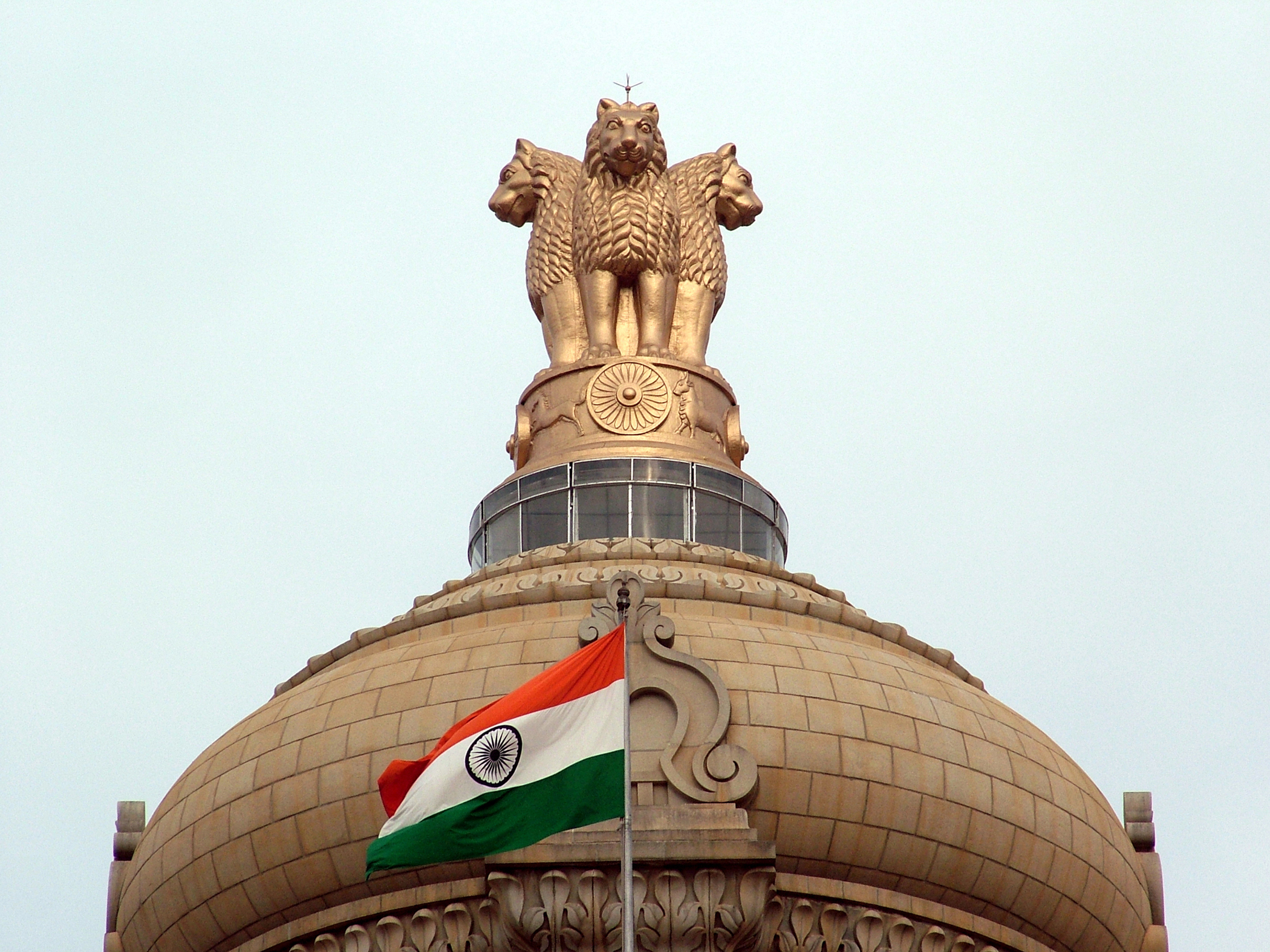One individual may die for an idea, but that idea will, after his death, incarnate itself in a thousand lives. Netaji Subhash Chandra Bose 75 years ago and today also, the importance of protection of ideas and inventions is same in-fact increasing day by day. The intellectual property rights given to individuals, inventors, startups, and universities play an important role.
INTELLECTUAL PROPERTY FROM A NATIONAL PERSPECTIVE
There is a national IP strategy that consists of a set of measures that is formulated and implemented by governments. These measures specifically encourage and facilitate the creation and development and protection of IP at the national level. The historical development of the protection of intellectual property in wake of the industrial revolution and individual property rights pushed the traditional knowledge and innovative practices in the preview of protection of intellectual property rights.
Also in the past years, several debates and discussions had happened to protect traditional knowledge as intellectual property had been occurring in the world trade organization. There are three reasons why the current IPR system cannot protect traditional knowledge:
- Privatisation of ownership
- Protection is time bound
- Restrictive interpretation of inventions
The National IPR Policy is a vision document that aims to create and exploit synergies between all forms of intellectual property, concerned statutes and agencies.
LAWS PROTECTING NATIONAL EMBLEMS/ SYMBOLS
The national emblem was adopted on 26 January 1950 and is a symbol of power and signifies the foundation of its constitutional values. It is a seal that is earmarked for loyalty and official purposes.
So protecting this is very important and laying down the laws for the same.
For the protection of the national emblem and to avoid improper use, The State Emblem of India Act, 2005 has been made.
The other act is the Prevention of Insults to National Honour Act, 1971 which is also made for the protection of emblems. It is the act of the Parliament of India which prohibits the desecration of or insult to the country’s national symbols including the National Flag, National Emblem, National Anthem, The Constitution and The Map of India.
The violation of the above acts will lead to imprisonment for the years mentioned in the act and will also lead to penalties.
INTELLECTUAL PROPERTY AND ECONOMIC GROWTH
Intellectual property gives exclusive rights to investors and inventors. They also protect the interests of creators and encourage them to do research.
In this way, the owners decide the fair value and can sell them to anyone in exchange for money. This will provide a healthy and profitable return to the creators.
IPR gives rights and protection to innovators which also keeps the competition alive.
The two main objects of IP:
- To promote investment in knowledge creation and business innovations
- to promote widespread dissemination of new knowledge by encouraging the rights holders to place their inventions and ideas in the market.
The exclusive rights provided by trademarking symbols encourage firms and companies to invest in name recognition and product quality. Trademarks protect rights to market goods and services under identified names and symbols. Trademarks and brand names must be sufficiently unique to avoid confusing consumers, thereby playing an important role in reducing consumer search costs.
To become competitive, especially in today’s world, one must adapt to new management, innovations, and new technologies. These may be expensive but will give higher returns and they can move through IPR.
Enhanced IP will not only fuel the economy but will also deliver direct benefits to the workforce. Growth and productivity will also increase.





